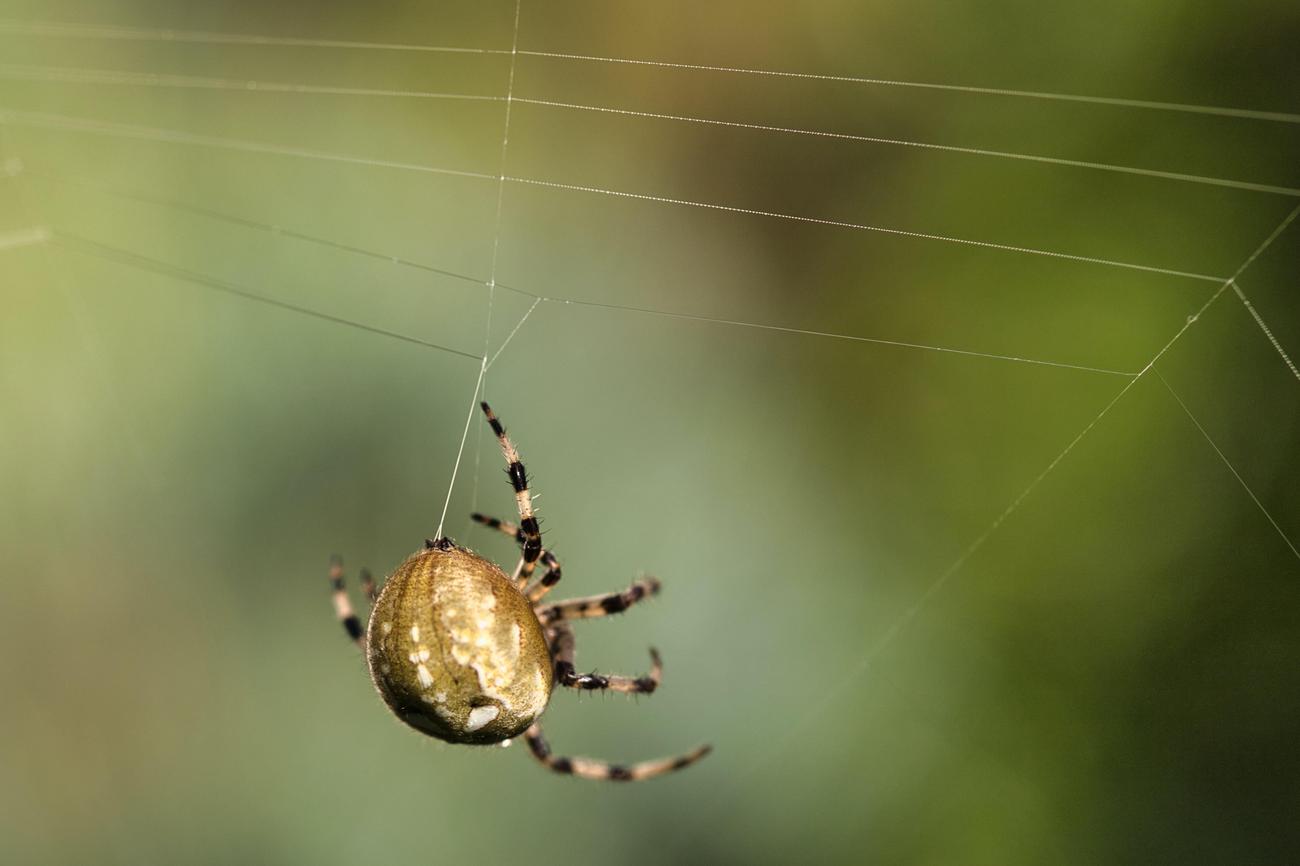Are you ready to delve into the fascinating world of softball catchers? Prepare to be amazed as we unravel the secrets and unveil the intriguing fun facts about these unsung heroes of the game. From their remarkable defensive strategies to their impressive throwing and blocking techniques, softball catchers are a force to be reckoned with on the field. Get ready to be captivated as we shine a spotlight on the often overlooked but absolutely fascinating contributions of softball catchers to the game!

Fun Facts About Softball Catchers
Softball catchers play a vital role in the game, but their contributions often go unnoticed. In this article, we’ll delve into some intriguing and lesser-known fun facts about softball catchers that will surely broaden your understanding of this pivotal position.
1. The “General” of the Field: Why is the catcher sometimes referred to as the “general” on the field? It’s because they have a 360-degree perspective, allowing them to direct other players during defensive plays. Imagine them as the conductor of a symphony, orchestrating the movements of their teammates to execute the perfect defensive strategy.
“Softball catchers embody the role of a ‘general’ on the field, standing in the heart of the action, directing and coordinating the defensive plays with their teammates.”
2. The Power of Hand Signals: Have you ever wondered how a catcher communicates with the pitcher amidst the chaos of the game? The answer lies in hand signals. Softball catchers have a unique language of hand signals that they use to summon specific pitches from the pitcher. These signals are like the secret code between the catcher and the pitcher, allowing them to sync their strategies and keep their opponents guessing.
3. The Backbone of the Defense: Catchers in softball are not just receivers of the ball; they are the backbone of the defense. They are responsible for catching the ball, fielding bunts, chasing foul tips, and taking throws from other players. Imagine the pressure of fulfilling all these roles flawlessly, calm under the scrutiny of the game. Softball catchers need to have a strong level of confidence, knowledge of the game, and readiness to make quick decisions to handle any situation that comes their way.
“Softball catchers are the true backbone of the defense, seamlessly transitioning between receiving the ball from the pitcher, chasing foul tips, and fielding bunts, all with unwavering confidence and expertise.”
4. The Evolution of Softball: Softball has an interesting history. Did you know that it was invented in 1887 by George Hancock in Chicago as an indoor version of baseball? Originally known as “indoor baseball,” it quickly gained popularity and transitioned into an outdoor game. Before being officially named softball, it was often referred to as “kitten ball” due to the larger ball used in the sport. Softball made its debut as an Olympic medal sport in 1996, solidifying its place in the world of sports.
5. The Key Positions in Softball: Softball consists of various key positions, and the catcher is one of them. Alongside them, you have the pitcher, first baseman, second baseman, third baseman, shortstop, and outfielders. Each position plays a crucial role in the game, contributing to the overall success of the team. However, the catcher stands out with their ability to command and lead from behind the plate, making them an indispensable asset.
6. The Fine Art of Throwing and Blocking: Softball catchers possess impressive throwing and blocking techniques that deserve recognition. Not only do they need to accurately throw the ball to different bases to catch stealing runners, but they also have to master the art of blocking. Blocking involves stopping wild pitches in the dirt and preventing them from going past the catcher, ultimately safeguarding the team from extra bases and potential runs.
“Softball catchers exhibit their exceptional skills in throwing and blocking, making precise and powerful throws to catch stealing runners and mastering the technique of blocking pitches in the dirt.”
These fun facts about softball catchers shine a light on the indispensable role they play in the game. From their commanding presence on the field to their impressive communication skills and defensive prowess, softball catchers are the unsung heroes of the game. So, the next time you watch a softball game, take a moment to appreciate the incredible contributions of these extraordinary athletes.
Softball is not just a game, it’s a whole world waiting to be explored! If you’re looking for some fun facts about softball that will blow your mind, look no further. Did you know that softballs were originally made out of old boxing gloves? It’s true! Back in the day, players would take the padding out of old gloves and wrap it up with string to create a makeshift ball. And that’s not all, softball is also a great way to improve your hand-eye coordination and stay active. So why wait? Dive into the fascinating world of softball and discover all the amazing things this sport has to offer. To get started, check out our collection of fun facts about softball here: fun facts about softball.
Fun facts about softball catchers are always a great way to engage with the game and learn something new. Did you know that softball catchers play a crucial role in the team by calling the pitches and directing the defense? It’s fascinating how their quick thinking and communication skills contribute to the success of the entire team. If you’re interested in more intriguing insights about softball catchers, check out these interesting facts about softball catchers. You’ll be amazed at the level of dedication and skill that goes into this position. So why wait? Click here to explore the world of softball catchers!
Catcher Stance Drill: Mastering the Sign Series for Softball Catchers
[youtube v=”xBa8smARCc8″]
In the game of softball, catchers are often referred to as the “general” on the field due to their crucial role in directing and coordinating defensive plays. One of the key aspects of their job is communicating with the pitcher using hand signals to synchronize strategies. Additionally, catchers are responsible for various defensive tasks such as catching the ball, fielding bunts, and taking throws from other players.
To ensure that their transitions and stances are locked in, catchers can practice a sign series drill every day. This drill helps them improve their technique and maintain consistency in their stance. Let’s take a closer look at the drill:
Sign Stance Drill
The drill begins in the sign stance, where the catcher prepares to receive the pitch. In this stance, the catcher is alert and ready for action. From the sign stance, the first step in the drill is to call for a fastball inside and transition to the primary stance. The catcher should focus on maintaining a low target with their hand behind, and their shoulders should be slightly forward. Returning to the sign stance, the catcher can repeat this sequence to reinforce muscle memory.
Single Knee Down Stance
The next part of the drill involves transitioning to a single knee down stance. Starting from the sign stance, the catcher brings one knee down while keeping the arm up and the other foot’s heel elevated. This position helps the catcher prepare for incoming pitches. To execute this stance correctly, the catcher should ensure that their hips are positioned behind them and that their left foot is brought back, maintaining a low target. Returning to the sign stance, the catcher can repeat this sequence to enhance their stability and agility.
Secondary Pop Stance
Lastly, the drill progresses to the secondary pop stance. From the sign stance, the catcher anticipates a fastball and transitions to the secondary stance. The catcher focuses on delivering a slow target while maintaining proper form. This specific stance is crucial for catchers to be able to react quickly and throw accurately to the intended target.
By incorporating this sign series drill into their daily practice routine, softball catchers can improve their technique and become more effective leaders on the field. The drill helps them sharpen their transitions and stances, ensuring they are always ready to catch, field, and make accurate throws. Remember, repetition is key to mastery.
Softball catchers play a vital role in the game. They possess exceptional throwing and blocking techniques, making accurate throws and mastering the art of blocking pitches in the dirt. Their leadership abilities from behind the plate contribute to the overall success of the team.
“The sign series drill is an excellent way for softball catchers to enhance their transitions and stances. Consistent practice of this drill will improve their overall performance on the field.”
FAQ
Question 1:
What is the role of a softball catcher?
Answer 1:
A softball catcher plays a crucial role in the game. They catch the ball, field bunts, go after foul tips, and take throws from other players. They are often referred to as the “general” on the field due to their 360-degree perspective, allowing them to direct other players during defensive plays.
Question 2:
What skills are important for a softball catcher to possess?
Answer 2:
Softball catchers need to have a good level of confidence, extensive knowledge of the game, and the ability to make quick decisions. They use hand signals to communicate with the pitcher and summon pitches. Their throwing and blocking techniques are also essential to their role on the field.
Question 3:
How did softball originate?
Answer 3:
Softball was invented in 1887 by George Hancock in Chicago. Originally played as an indoor version of baseball, it was later adapted for outdoor play. Initially called “kitten ball,” it eventually became officially known as softball.
Question 4:
When did softball become an Olympic medal sport?
Answer 4:
Softball made its debut as an Olympic medal sport in 1996. The sport gained recognition and allowed talented softball players to showcase their skills on the international stage.
Question 5:
What are the key positions in softball?
Answer 5:
The key positions in softball include the pitcher, catcher, first baseman, second baseman, third baseman, shortstop, and outfielders. Each position plays a vital role in the team’s overall strategy and contributes to the game in unique ways.
json
{
"@context": "https://schema.org",
"@type": "FAQPage",
"mainEntity": [
{
"@type": "Question",
"name": "Question 1: What is the role of a softball catcher?",
"acceptedAnswer": {
"@type": "Answer",
"text": "Answer 1: A softball catcher plays a crucial role in the game. They catch the ball, field bunts, go after foul tips, and take throws from other players. They are often referred to as the \"general\" on the field due to their 360-degree perspective, allowing them to direct other players during defensive plays."
}
},
{
"@type": "Question",
"name": "Question 2: What skills are important for a softball catcher to possess?",
"acceptedAnswer": {
"@type": "Answer",
"text": "Answer 2: Softball catchers need to have a good level of confidence, extensive knowledge of the game, and the ability to make quick decisions. They use hand signals to communicate with the pitcher and summon pitches. Their throwing and blocking techniques are also essential to their role on the field."
}
},
{
"@type": "Question",
"name": "Question 3: How did softball originate?",
"acceptedAnswer": {
"@type": "Answer",
"text": "Answer 3: Softball was invented in 1887 by George Hancock in Chicago. Originally played as an indoor version of baseball, it was later adapted for outdoor play. Initially called \"kitten ball,\" it eventually became officially known as softball."
}
},
{
"@type": "Question",
"name": "Question 4: When did softball become an Olympic medal sport?",
"acceptedAnswer": {
"@type": "Answer",
"text": "Answer 4: Softball made its debut as an Olympic medal sport in 1996. The sport gained recognition and allowed talented softball players to showcase their skills on the international stage."
}
},
{
"@type": "Question",
"name": "Question 5: What are the key positions in softball?",
"acceptedAnswer": {
"@type": "Answer",
"text": "Answer 5: The key positions in softball include the pitcher, catcher, first baseman, second baseman, third baseman, shortstop, and outfielders. Each position plays a vital role in the team's overall strategy and contributes to the game in unique ways."
}
}
]
}
- China II Review: Delicious Food & Speedy Service - April 17, 2025
- Understand Virginia’s Flag: History & Debate - April 17, 2025
- Explore Long Island’s Map: Unique Regions & Insights - April 17, 2025
















